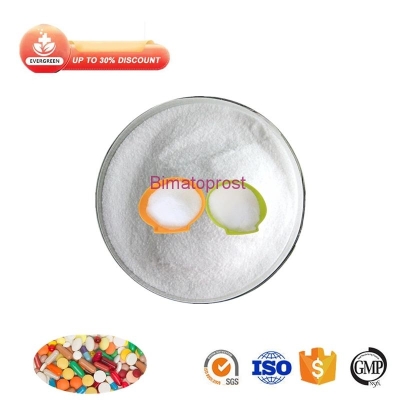-
Categories
-
Pharmaceutical Intermediates
-
Active Pharmaceutical Ingredients
-
Food Additives
- Industrial Coatings
- Agrochemicals
- Dyes and Pigments
- Surfactant
- Flavors and Fragrances
- Chemical Reagents
- Catalyst and Auxiliary
- Natural Products
- Inorganic Chemistry
-
Organic Chemistry
-
Biochemical Engineering
- Analytical Chemistry
- Cosmetic Ingredient
-
Pharmaceutical Intermediates
Promotion
ECHEMI Mall
Wholesale
Weekly Price
Exhibition
News
-
Trade Service
▎WuXi AppTec content team editors For type 1 diabetes patients, their lives will be very inconvenient.
Patients need to receive regular hormone injections through syringes, insulin pumps or other devices.
These treatment measures may be accompanied by life
.
Because the patient's immune system destroys normal islet cells, after losing the function of the islets, they cannot control their blood sugar levels
.
In addition to insulin injections, islet transplantation has also emerged as a potential treatment for type 1 diabetes
.
But after transplantation, the immune system will attack the transplanted islets, and patients need to take long-term immunosuppressive drugs and endure the accompanying side effects of the drugs
.
How can patients reduce the side effects of immunosuppressive drugs? New research in Nature Nanotechnology brings a new idea.
Scientists have designed a nanocarrier that is loaded with the commonly used immunosuppressant rapamycin.
This carrier can target specific immune cells.
Does not produce extensive immunosuppressive effects
.
Rapamycin is already used in many treatments and transplants to suppress negative immune responses, but it is usually administered orally and therefore affects many cell types
.
Too high a dose may produce toxic side effects, and too low a dose may not protect the transplanted tissues and organs
.
The new research considers that the drug can be precisely effective without harming innocent people
.
Scientists at Northwestern University have designed nanoparticles that can be used to target antigen-presenting cells instead of T cells, which rapamycin typically targets, allowing for more targeted and controllable immunosuppression
.
Nanoparticles can be injected subcutaneously with drugs on board, which can avoid the liver damage that occurs after oral drugs
.
In theory this system is feasible, but how does it work in practice? ▲The design idea of the new study (Image source: Reference [2]) From the experimental results in mice, the actual effect of nanoparticles is very optimistic
.
The researchers first created a group of diabetic mice and then gave them islet transplants.
One group of mice remained on oral rapamycin and the other group received injections of the nanoparticle drug
.
According to long-term observations, the mice in the injected group had far fewer side effects than the control group, and their diabetes was completely cured about 100 days after the transplant
.
Compared with the control group, the mice treated with the nanoparticles still maintained a higher immune response but did not impair the function of the transplanted islets
.
In addition, oral rapamycin is often associated with decreased expression of tumor suppressor genes, increasing the risk of developing new tumors, including down-regulation of some interferon-related proteins
.
Some studies have also observed that oncogenes may rise during oral administration
.
However, the mice treated with the nanoparticles did not develop these genetic disorders at all
.
▲The use of nanoparticles can significantly reduce the side effects of drugs (Image source: Reference [2]) The most obvious is that the mice treated with nanoparticles also significantly reduce the phenomenon of hair loss, which shows that nanoparticle therapy can greatly reduce the side effects of treatment
.
"Instead of enhancing the effect of the drug, we managed to change the way it works," said study lead author Dr.
Guillermo Ameer
.
The research team is seeking to advance clinical applications, and they speculate that this approach could be used in other tissue or organ transplants, leading to new treatment options for more patients
.
Reference: [1] Nanotherapy offers new hope for the treatment of Type 1 diabetes.
Retrieved Jan 19th, 2022 from https://phys.
org/news/2022-01-nanotherapy-treatment-diabetes.
html[2] Guillermo Ameer , Subcutaneous nanotherapy repurposes the immunosuppressive mechanism of rapamycin to enhance allogeneic islet graft viability, Nature Nanotechnology (2022).
DOI: 10.
1038/s41565-021-01048-2.







